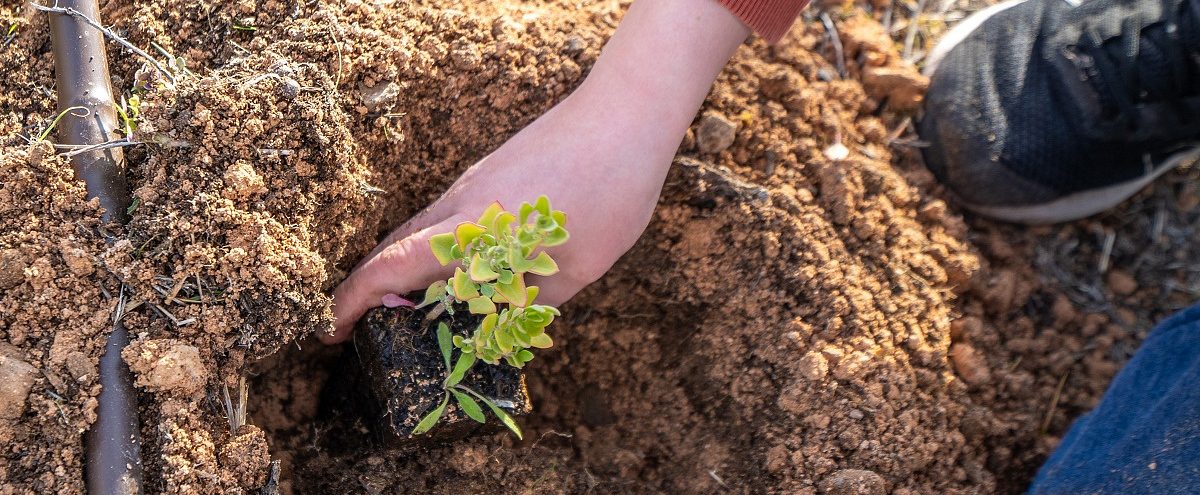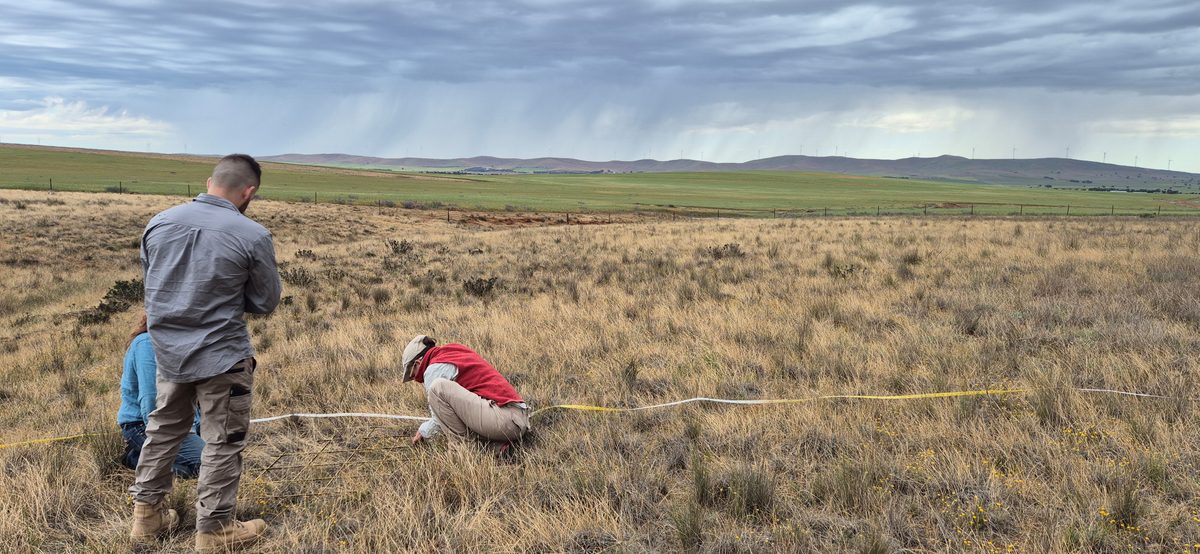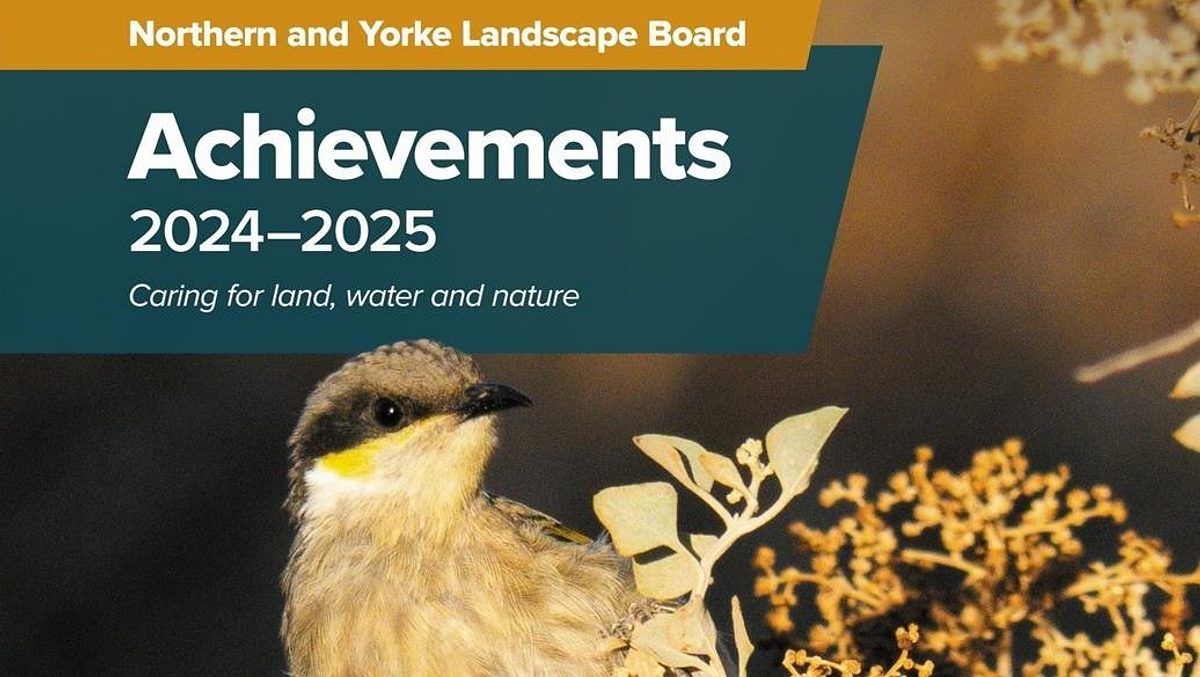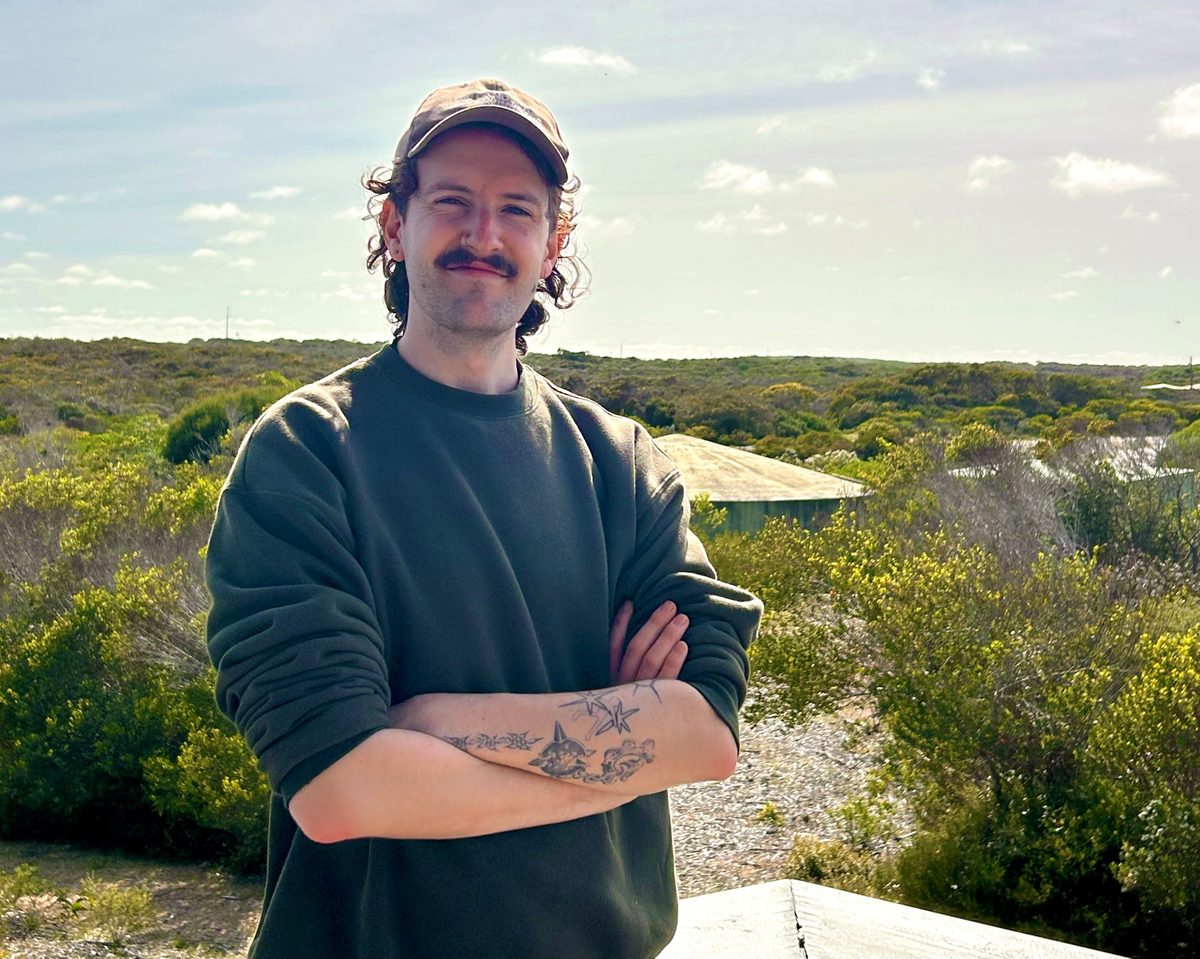Planting for the future: Creating biodiverse gardens in dry times

As we acknowledge International Day for Biological Diversity, it’s a timely reminder that biodiversity isn’t just something that happens in national parks and remote wilderness - it begins right at home.
Across the Northern and Yorke region, communities are experiencing dry times and increasingly harsh weather conditions. But even in these challenging times, there are practical ways to build resilience into our backyards while helping local ecosystems thrive.
One of the most powerful ways to do this is by planting native species. Not only do native plants survive in South Australia’s tough climate - they can flourish. They’ve adapted over thousands of years to cope with nutrient-poor soils, salty coastal air, and long periods without rain. For gardeners looking to reduce water use and maintenance while increasing biodiversity, going native is a smart and sustainable choice.
Many gardens across the region are currently showing signs of stress - wilting leaves, patchy lawns, and tired shrubs. But the solution doesn’t have to mean giving up on having a beautiful outdoor space. In fact, native plants offer a rich variety of colours, textures, and forms that can create gardens that are both striking and ecologically valuable. From flowering groundcovers to architectural grasses and sculptural shrubs, there’s a native species to suit every space and style.
For those just starting out with native gardening, there are plenty of beginner-friendly options. Groundcovers like karkalla or pigface (Carpobrotus), a native succulent with vivid pink flowers, are low-maintenance, fast-growing, and drought-tolerant once established. Small shrubs like cushion bush (Leucophyta brownii) offer compact growth and attractive silver foliage that stands out in both modern and traditional garden designs.
Along the coast, tussockgrass species like knobby club rush (Ficinia nodosa) are well suited to sandy soils. These plants help bind the soil and prevent erosion, offering both beauty and function. Pairing these with flowering natives such as common everlasting (Chrysocephalum apiculatum) can add pops of vibrant yellow colour and attract native pollinators like bees and butterflies.

Urban gardeners can also play a big role in supporting biodiversity. Native species are increasingly being used in council plantings and street landscaping for their resilience and low water needs. These same benefits can be brought into home gardens, providing green, low-impact spaces that benefit both people and wildlife.
While native plants offer many benefits, it’s also important to be mindful of the species we introduce. Exotic succulents and decorative flowering plants may seem harmless, but many have the potential to escape gardens and spread into nearby bushland or dune systems, where they become invasive and displace local flora. Some, like gazanias, are now restricted due to their ability to spread rapidly and become problematic in agricultural or conservation areas.
Education and local knowledge are key. Many councils and landscape boards offer free resources, including fact sheets and planting guides tailored to local conditions. Specialist native nurseries are also excellent sources of advice, often stocking rare or region-specific species that are ideal for local gardens.
It’s encouraging to see a growing interest in native gardening across the region. Community plant sales, workshops, and events are attracting record numbers of people, eager to learn and invest in more sustainable gardens. When we choose to plant natives, we’re not only creating beautiful and water-wise gardens—we’re contributing to a larger ecological network that supports birds, insects, and the health of our natural environment.
On this International Day for Biological Diversity, consider how your backyard can become a sanctuary - not just for you, but for the many species that call this region home. In the face of a drying climate and shifting conditions, planting native is an act of optimism. It’s a step toward a greener, more resilient future - for your garden, your community, and the planet.
Visit our In your backyard web page for a host of resources for planting a local, native garden, including:


